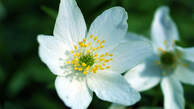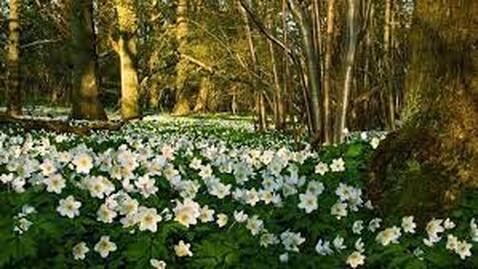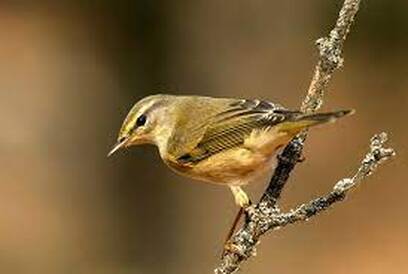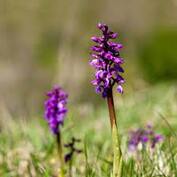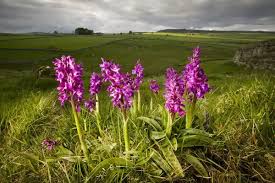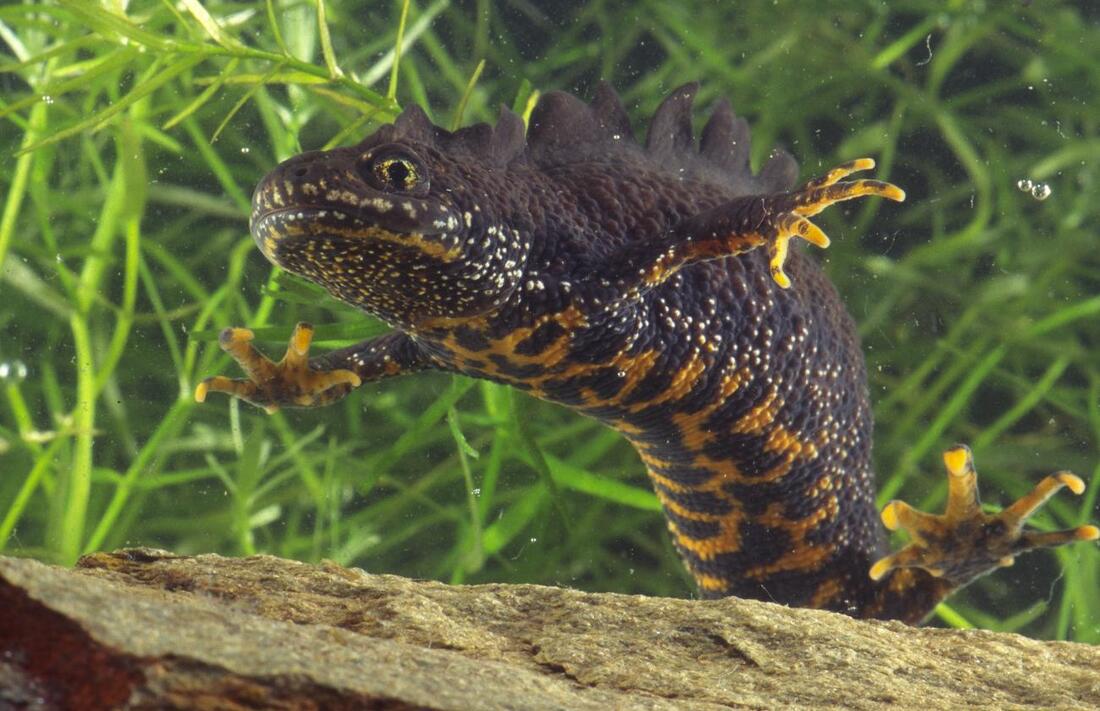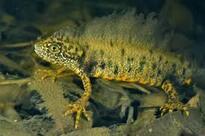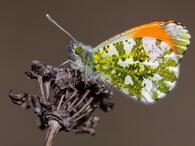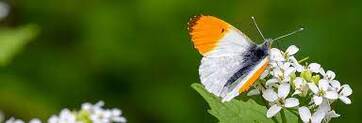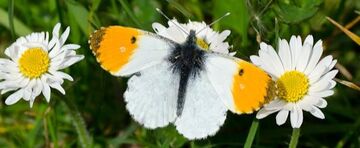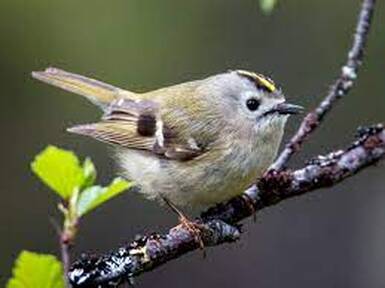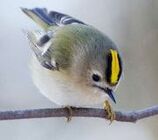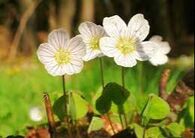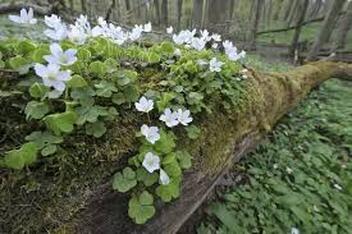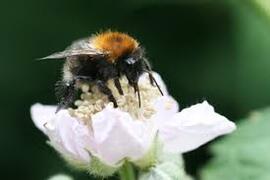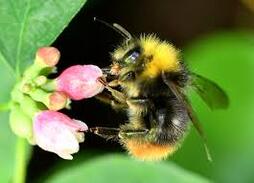Decorate an Egg Competition
|
Willow warbler (Phylloscopus trochilus)Willow warblers are, above all, woodland birds. They’re particularly fond of birch-covered hillsides, but on spring migration turn up tired and hungry in odd locations. In April, you might hear their glorious, cascading song anywhere from coasts to gardens. Up to 1,000 million of these sprites head to Europe from Africa each spring.
|
Early purple orchid (Orchis mascula)This regal wildflower does exactly what it says on the tin, and not only is it one of the first orchids to appear in spring, it’s also among the most abundant members of its famous family. You’re most likely to see it in sunny places in woods, but it also grows beside roads and on grassy hillsides, flowering until June. Its leaves have purplish-brown blotches, as if splashed with paint, though this isn’t unique – the leaves of the common spotted orchid look similar.
|
Early bumblebee (Bombus pratorum)This common little bumblebee – the smallest species in the British Isles – does what it says on the tin. It not only emerges early, but also starts nesting early. At first, you see only queens, then only female workers, and finally, from mid-April, you start seeing males, too. All have distinctive orange tails, while the males also have a lemon-yellow ‘cummerbund’ across the abdomen and luxuriant yellow facial hair.
|
These owls are being carefully monitored in Trefonen. These clips were taken mid-March. There were three eggs and we expect by now there could be some babies.
|
|
|
All information from , British wildlife in April | BBC Wildlife Magazine - Discover Wildlife


